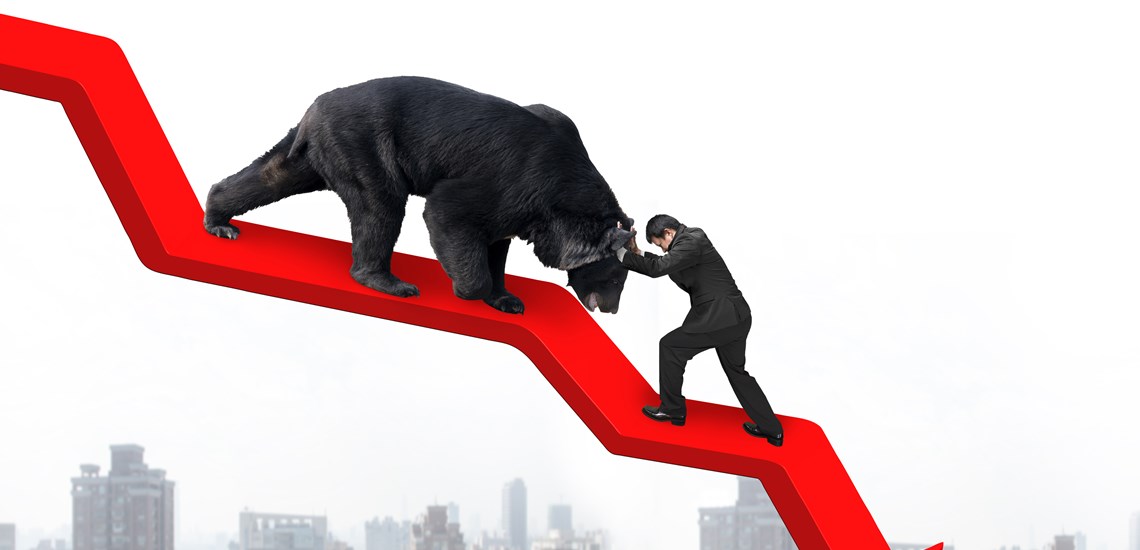Don’t Panic In the face of pessimism about the possibility of a recession and the Fed’s efforts to curb inflation at any cost, many investors may be worried. An analysis of the historical data from past recessions suggests that waiting for favorable market conditions could leave an investor at a disadvantage, compared to those who remain in, or enter, the market, irrespective ...
Blog
Don't Underestimate the Role of Long-Term Treasurys in Your Portfolio
Bond investing has been challenging in 2022 due to historic macroeconomic events and significant interest rate hikes by the US Fed. The velocity of the yield change YTD has been stark, as illustrated below. For example, after an increase of nearly 200 bps through mid-June - with 10-year Treasury yields reaching 3.49% on June 14th - long-term yields declined by 90 bps in just th ...
Income Investing Done Right
Many investors, especially those in retirement, have a rational preference for investments that provide dividends and income at higher rates than a market portfolio of stocks or both stocks and bonds. All else being equal, many retirees prefer to live off the income generated by their portfolio rather than worrying about the timing and pricing of stock or bond sales...
Why International Exposures Still Have a Key Place in an Optimized Portfolio
In spite of high inflation, political gridlock and persistent supply chain issues, the US continues to see strong performance relative to other international markets. In this article, we attempt to elucidate why international exposures should still be part of an optimized portfolio, how international and emerging markets differ in make-up from US markets, and how factors such a ...

Bear with It!
Key Takeaways: Historical one year returns after bear market events are higher on average compared to overall market history. Market volatility during the year following a bear market event is higher, and uncertainty of the 1-year return is also higher. For long-term investors, staying invested during a bear market rather than acting on the worst possible outcomes can be a ...
Weighing in on Investors' Concerns
Despite perceptions of a booming economy with strong consumer demand and low unemployment, U.S. Gross Domestic Product (GDP) reported a surprise contraction in the first quarter of 2022. High inflation is forcing the Federal Reserve to rapidly raise rates ushering in a new, higher, interest rate environment and causing a volatile market with loss of asset values. In light of t ...
Note to Investors - Volatility: Russia and Ukraine
Many have been concerned about recent heightened volatility in US markets. Indeed, the CBOE Volatility Index (VIX) attained a high of 38.94 on Monday, January 24, 2022, a level not seen since October of 2020, and US indices had extreme intra-day movement on several days during the same week. Some of this volatility may be driven by anticipation of rising interest rates, but int ...